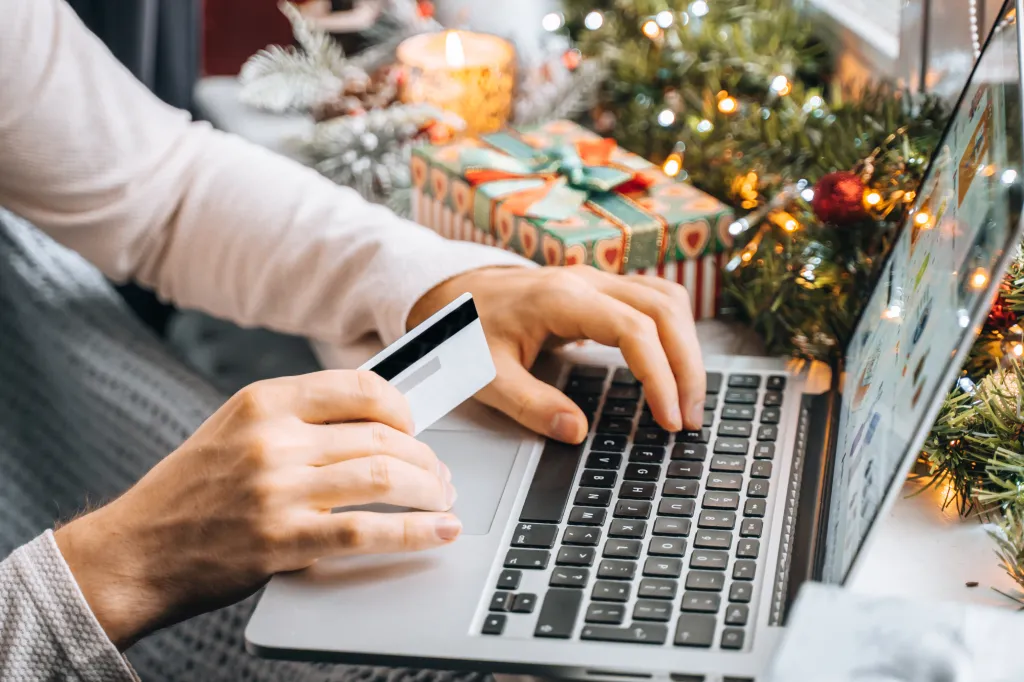In today’s world, the presence of technology in children’s lives is undeniable. From schoolwork to social connections, the internet is woven into the fabric of their daily routines. Schools increasingly rely on technology for research, assignments, group projects and presentations. At the same time, many Canadian provinces are implementing restrictions or bans on cellphone use in schools, hoping to reduce distractions and refocus attention on learning.
For parents, helping their children strike a healthy balance between online activity and offline interaction can be challenging. But it’s a critical role, and there are ways to guide kids through the digital world safely without overwhelming them with rules. Here are 4 strategies to consider.
1. Establish open communication
The cornerstone of ensuring your child’s safety online is communication. Encouraging open and honest conversations early on can help lay the foundation for healthy digital habits that last as they grow. Here are some tips to keep in mind.
Encourage open dialogue
Start talking to your children about the internet when they’re young. After all, having an open line of communication helps create an environment where they feel comfortable sharing their online experiences. When your child knows they can talk to you about anything, from a strange message they received to something they saw that didn’t seem right, they’re more likely to reach out for guidance. And if your kids are older? It’s never too late to start the conversation.
Be a role model
Children often mimic their parents’ behaviors, so setting an example is one of the most powerful ways to teach good online habits. When it comes to social media, for instance, ask for consent before posting pictures of your kids, just as you would expect the same from them. And, show them how to balance screen time with real-world interaction. For example, putting your phone away during meals and modeling how to engage in meaningful face-to-face conversations can make a powerful impact.
Have regular conversations
Make conversations about internet safety a regular part of your family routine. It doesn’t have to be a formal or “big talk” – keep it casual so your kids don’t feel overwhelmed. The goal is to make safe online behavior feel natural, not something to be feared or avoided.
Be understanding, not accusatory
It’s important to acknowledge the pull of the internet. Be empathetic and let your child know you understand how tempting and enjoyable online activities can be, but also remind them that there’s a time and place for everything. This approach has a better chance of fostering trust rather than causing defensiveness.
2. Set boundaries and guidelines
Setting boundaries for screen time can be difficult, especially with teenagers who often feel glued to their devices. However, establishing clear limits is about more than just protecting them from harmful content – it’s also about promoting their overall health and well-being.
Establish screen times or limits
Limiting screen time has benefits beyond online safety. In fact, reducing screen time can positively impact your child’s stress levels, sleep quality and even brain function. Studies have shown that excessive screen use can affect cognitive development, with effects on memory, attention and learning ability. By setting boundaries, you help them find balance – essential for mental and physical health.
When establishing boundaries, it’s important that your kids understand the reasons behind them. Let them know that the aim is not to restrict them unnecessarily but rather to protect them from the potential dangers that can exist online. Discuss the importance of maintaining their privacy and the risks of certain platforms.
Here’s a guideline for different age groups:
| Children | Teen |
|---|---|
| Parental controls: Limit access to age-inappropriate websites, apps and content. | Screen time management: Set reasonable limits on screen use to encourage balance with other activities. |
| Supervised usage: Direct supervision is the best way to ensure safe internet use. | Content restrictions: Discuss and agree upon what is – and what isn’t – acceptable to access. |
| Education and guidance: Teach your child the basics of online safety, including not sharing personal information on public forums or platforms. | Privacy and security: Emphasize the importance of protecting their privacy and recognizing online risks. |
As your child matures, it’s important to adapt these guidelines, allowing them more autonomy while still setting boundaries for safety.
3. Educate about online risks
The internet, while a valuable resource, is not without its dangers. Cyberbullying, online predators, and misinformation are just a few of the risks children may encounter. Teaching your kids about these dangers – and how to handle them – is a key step in ensuring their safety.
Cyberbullying
Cyberbullying remains a significant concern, and it can take many forms, from harmful text messages and social media posts to online harassment in games. Make sure your kids know they can come to you if they experience bullying online. Encourage them to report incidents, whether it’s to a trusted adult or through platforms like Cybertip.ca.
Online predators
These individuals pose a serious threat to children online. While younger children might not fully understand the danger, older kids and teens need to be aware of the risks. Teach them never to share personal details, like their address or phone number, with anyone they meet online. Additionally, remind them not to share photos, videos or any personal images without your permission, as they can be easily exploited by predators. If they suspect someone is a predator, they should come to you immediately.
Fake news and misinformation
In a world of constant digital content, not everything online is reliable. Help your child develop critical thinking skills and encourage them to question the information they come across. If something seems off, they should feel comfortable asking you for guidance.
4. Seek help when needed
Even with the best precautions, things may go wrong, and it’s important to know when to seek help.
Don’t hesitate to report
Let your child know that there’s no shame in reporting something suspicious or harmful. Whether it’s cyberbullying, inappropriate content or a harmful interaction, they should know that resources are available to help. The Government of Canada website has a list of support resources.
Seek professional help
In cases of more severe online issues, such as screen addiction or ongoing cyberbullying, seeking professional help may be a crucial step. A counselor, therapist or support group can provide valuable assistance in addressing these issues and helping your child navigate the emotional toll that digital challenges can bring.
As your child navigates the digital world, it’s important to be their guide, protector and sounding board. Yes, the internet is a powerful tool for learning and connection, but there are also dangers lurking in online spaces – so it’s important for parents to help kids develop healthy digital habits and be aware of the risks. By establishing open communication, setting boundaries and educating them about online safety, you can help your children embrace the digital world safely and responsibly.
For more tips and resources on keeping your kids safe online, visit RBC’s Understanding Cyber Safety website.
This article is intended as general information only and is not to be relied upon as constituting legal, financial or other professional advice. A professional advisor should be consulted regarding your specific situation. Information presented is believed to be factual and up-to-date but we do not guarantee its accuracy and it should not be regarded as a complete analysis of the subjects discussed. All expressions of opinion reflect the judgment of the authors as of the date of publication and are subject to change. No endorsement of any third parties or their advice, opinions, information, products or services is expressly given or implied by Royal Bank of Canada or any of its affiliates.






